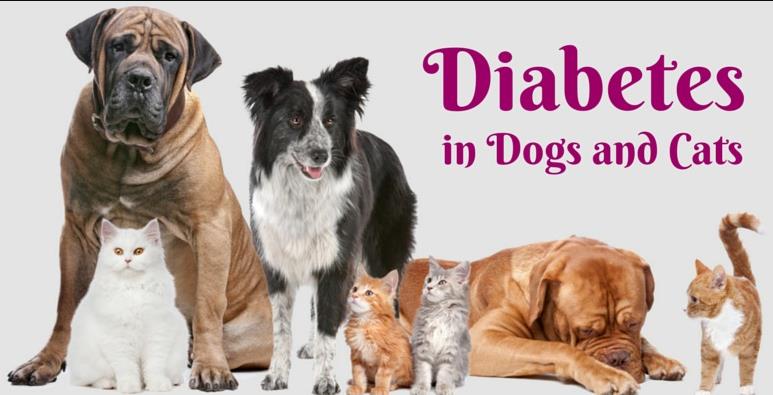what is diabetes? After dinner is processed, sugar is consumed in the circulation system. Normally, this sugar goes into all various sorts of cells all through the body by means of insulin. The cells then, at that point, utilize sugar as a type of energy to assist the body with working appropriately. Diabetes is when there is a lot of sugar flowing in the blood and either insufficient insulin is being delivered or the receptors for the insulin are safe. Accordingly, the sugar in the circulatory system can’t enter cells. With high measures of sugar in the circulatory system, the kidneys then channel the blood, and thus, sugar pours out into the pee.
There are two principal kinds of diabetes:
Type 1: Lack of insulin created by beta cells of the pancreas. This is the most well-known type of diabetes for canines and youngsters.
Type 2: Impaired insulin discharge as well as fringe insulin obstruction. This is the most well-known type of diabetes for felines and grown-ups.
What are the most well-known side effects I will find in my canine and feline? In the two felines and canines drinking more, peeing more, weight reduction with a ravenous craving and laziness. Canines can likewise foster waterfalls in the eyes. Felines can stroll in plantigrade position (strolling in general sole (sell/heel) like a bear).
How is diabetes analyzed? The least diagnostics incorporate glucose levels and a urinalysis to search for sugar in the pee. Since there is sugar in the pee, this establishes a great climate for microorganisms to develop and for urinary plot contaminations (UTI) to grow; thusly, we likewise search for microscopic organisms and white platelets in the pee (proposing a UTI). Your veterinarian might run more bloodwork to take a gander at liver and kidney values.
Imagine a scenario in which my pet has diabetes, is it treatable. Diabetes can be treated with a mix of insulin and a particular veterinary endorsed diet (low in fat, high in fiber, and complex sugars). Your veterinarian will go through this with you in more detail. The key with insulin treatment is predictable checking of glucose to ensure we limit spikes. With a legitimate eating routine and insulin treatment, a few felines really do go into reduction. This is one more justification for why appropriate checking of glucose is significant.

